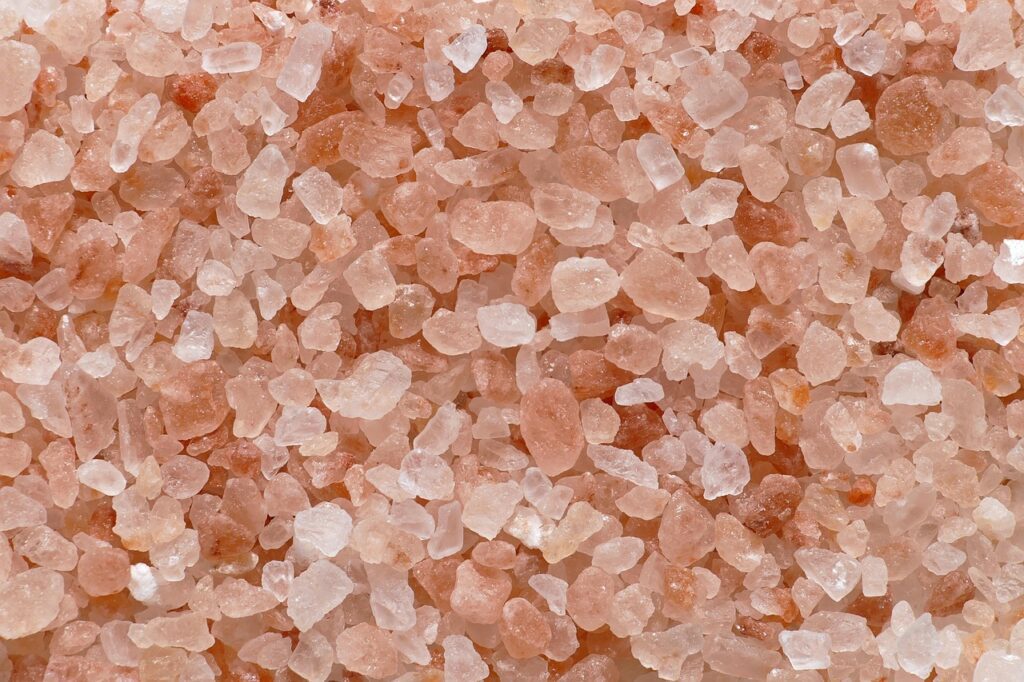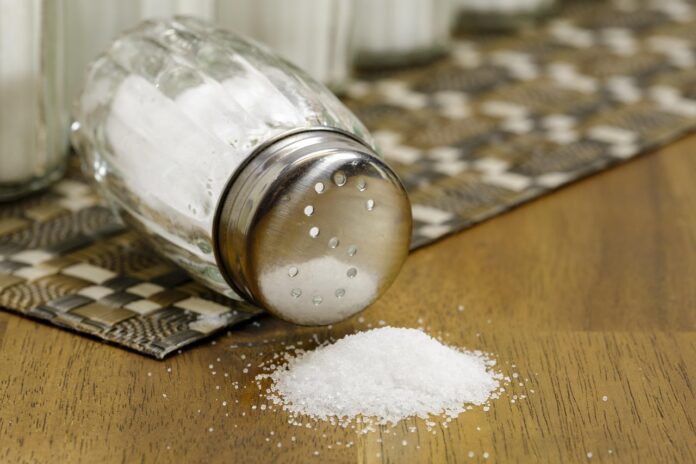Salt (sodium chloride) is essential for various bodily functions, but excessive intake can pose health risks. It plays a crucial role in maintaining fluid balance, nerve function, and muscle contraction. However, too much salt can lead to high blood pressure, heart disease, and other cardiovascular issues. Let’s consider “salt the pros and cons” plus what is the healthiest salt to use?
Pros of Salt:
Fluid Balance: Sodium, a component of salt, helps regulate fluid levels in the body, preventing dehydration.
Nerve and Muscle Function: Salt is essential for proper nerve impulse transmission and muscle function.
Digestion: Salt aids in digestion by stimulating saliva production and promoting proper digestive processes.
Flavor Enhancement: Salt enhances the taste of food, making it more palatable.
Cons of Salt:
High Blood Pressure: Excessive sodium intake can raise blood pressure, increasing the risk of heart disease, stroke, and kidney disease.
Water Retention: Salt causes the body to retain water, leading to bloating and potentially contributing to weight gain.
Kidney Problems: High salt intake can damage the kidneys and increase the risk of kidney stones.
Calcium Loss: High salt intake can increase calcium excretion, potentially contributing to osteoporosis.
Other Health Issues: Excessive salt consumption has been linked to various other health problems, including fatigue, irritability, and even depression.

The Pros and Cons of Salt:
What is the healthiest salt to use?
There’s no single “healthiest” salt as they all primarily consist of sodium chloride. However, iodized salt is generally recommended to ensure adequate iodine intake. This is crucial for thyroid function and overall health. While Himalayan pink salt and sea salt are marketed as healthier due to their trace mineral content, the amounts are typically negligible. So, they don’t justify choosing them over iodized salt for health benefits. When considering salt pros and cons, note that iodized salt stands out due to its iodine content.
Here’s a breakdown:
Iodized Salt: This is often the best choice because it’s fortified with iodine. This mineral is vital for thyroid hormone production and other bodily functions. Iodine deficiency can lead to various health issues. Thus, iodized salt is a wise option to prevent this.
Himalayan Pink Salt: It contains trace minerals, but these are present in small amounts, not offering significant health benefits. The pink color comes from iron, not from its unique mineral content. In considering the pros and cons of salt types, Himalayan pink offers color and unique taste.
Sea Salt: Similar to Himalayan pink salt, the trace minerals in sea salt are in amounts that don’t offer significant health benefits. Exploring sea salt pros and cons reveals taste as a key advantage.
Kosher Salt: It’s primarily composed of sodium chloride, with larger, irregular flakes. It’s not necessarily healthier than table salt. However, its coarser texture allows unique usage compared to table salt. Considering various salts, kosher salt enhances texture.
Table Salt: It’s another form of sodium chloride, which can be iodized, providing a viable option if concerned about iodine intake. Exploring table salt pros and cons highlights its accessibility and daily use.
Key Takeaways:
The primary difference between salts lies in their texture and taste, not their nutritional value. Understanding these pros and cons helps with choice.
Focusing on consuming salt in moderation is crucial, regardless of the type.
If you’re concerned about iodine intake, iodized salt is a smart choice. Among the options, note salt pros and cons. Iodized salt is especially highlighted for its benefits.
While some salts may have trace minerals, they are unlikely to provide significant health benefits.

